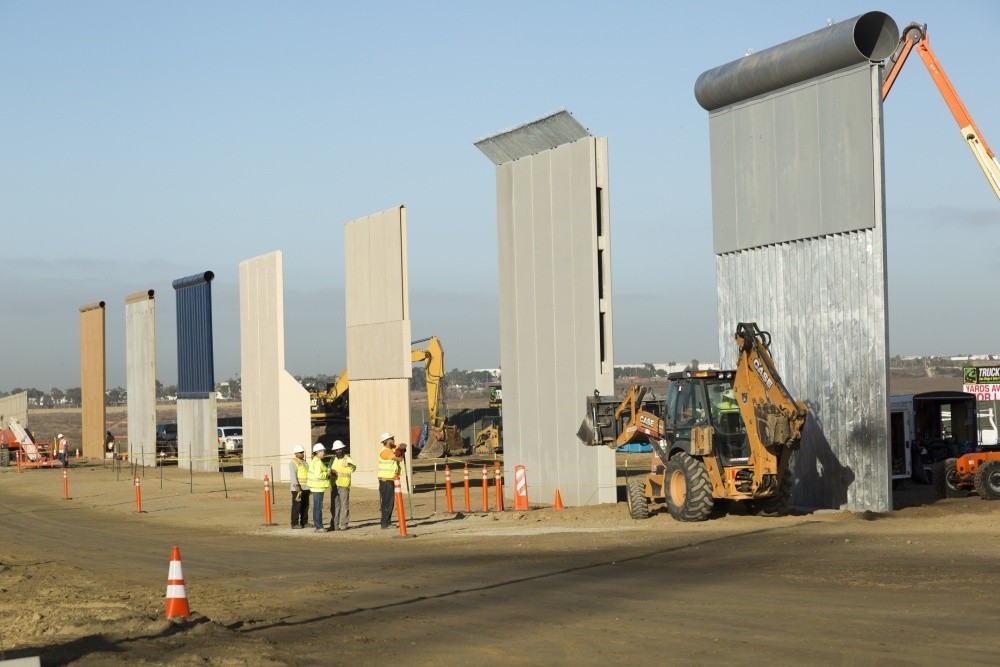The shutdown shows why governing by symbol doesn’t work
The border wall means a lot to Trump. It means very little for public policy.

A border wall is a cruel symbol, reflecting some of America’s worst instincts. It’s also an effective symbol: it captures starkly the notion that national boundaries must be fiercely protected from outsiders. As a candidate, Donald Trump used this symbol to powerful effect, rallying anti-immigration voters to his cause.
But a political symbol is not public policy. Lawmakers understand this, and even those who share Trump’s anti-immigration views seem to appreciate the reality: a wall isn’t an effective way to keep people out. When Trump and Senate Democrats reached a tentative deal for the wall a year ago, House conservatives soon scuttled it. With their attention focused not on Fox News but on legislating, they made it clear that the wall wasn’t important enough to trade anything for it.
Now Trump has decided to shut down the federal government until Congress funds his favorite symbol. But the symbolic wall is a top priority only for Trump. If conservative lawmakers had shared the president’s fixation, they had two years to offer Democrats something big in exchange for it.





